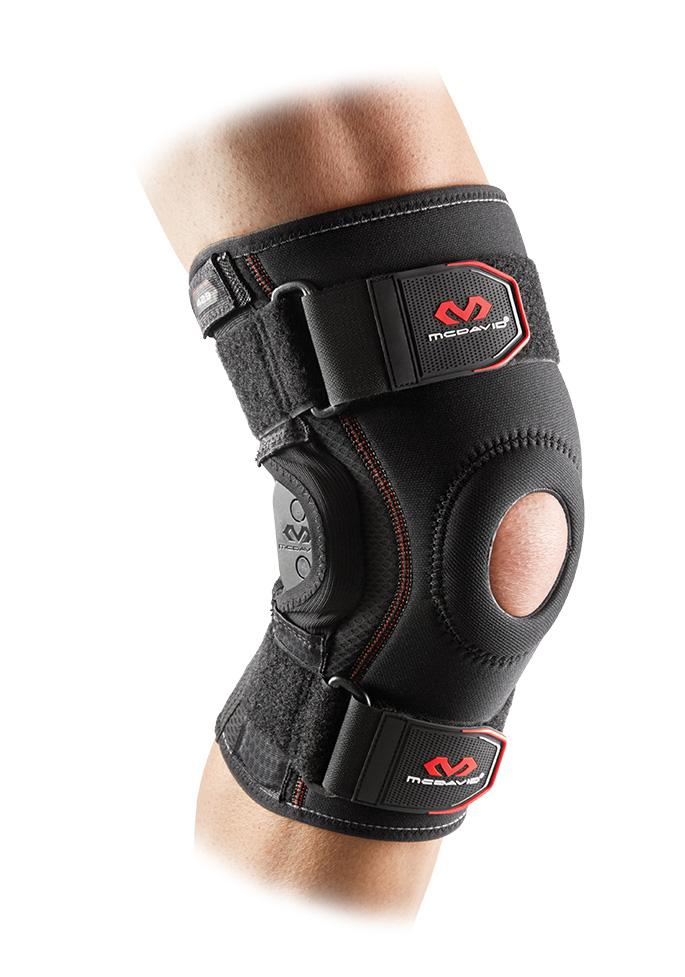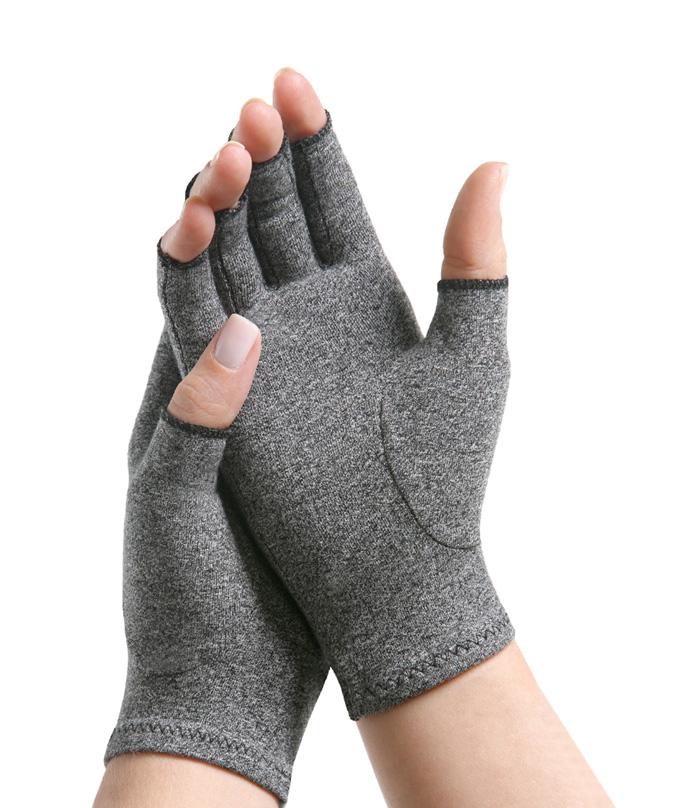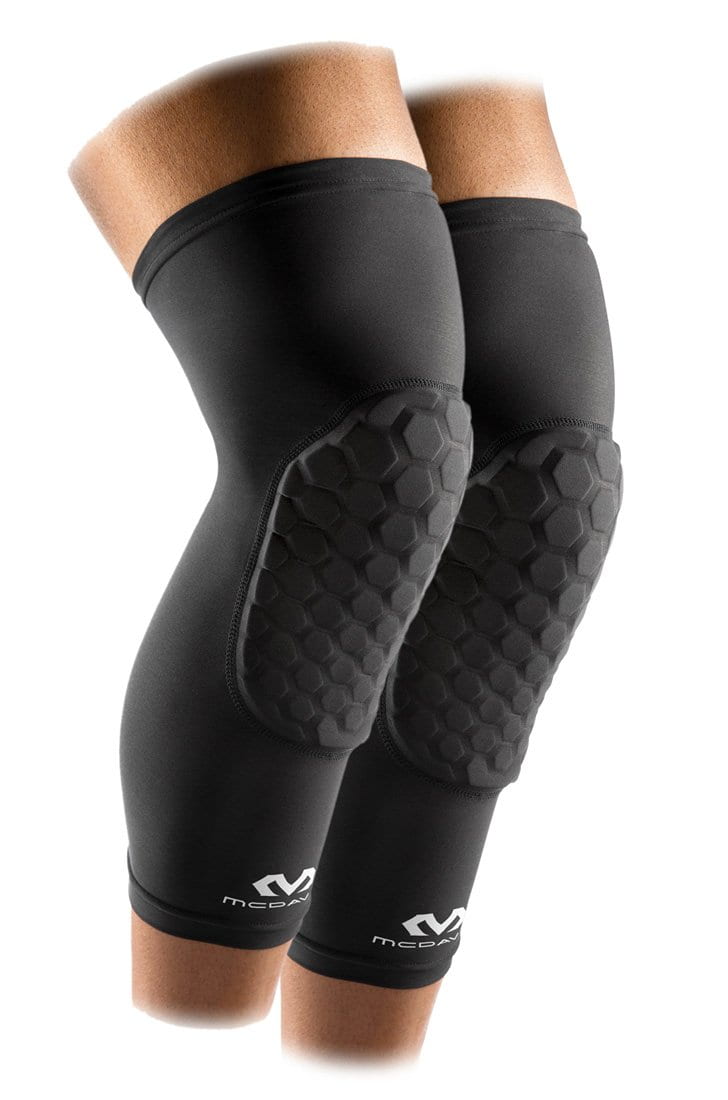Different Types Of Knee Sprains, Symptoms & Treatment Options
A knee sprain is an injury to the ligament of the knee. The severity of a knee sprain may vary from a subtle stretch to a complete tear of the affected ligament. There are three types of sprains:
- Grade 1: A slight stretch of the ligament, resulting in pain and swelling
- Grade 2: A slight tear in the ligament; pain is often disabling
- Grade 3: A complete tear of the ligament, this may require surgery
Anatomy Of The Lateral Collateral, Medial Collateral, Anterior Cruciate & Posterior Cruciate Ligament
Most knee sprains involve the tearing of the medial collateral ligament (MCL), situated in the medial part of the knee and the lateral ligament or the anterior cruciate ligament (ACL), situated deep inside the knee joint, or both. On rare occasions, the posterior cruciate ligament (PCL) may also be affected.
Signs and Symptoms Knee Sprains
The most common symptoms of knee sprains are as follows:
- Pain and swelling
- Discoloration
- Bruising
- Inability to walk properly
In case of severe knee sprain injuries, there may be some instability of the knee as well. Symptoms tend to develop right after the injury, however, there are some cases in which patients may experience symptoms a day or two later.
Causes
Most often, the medial collateral ligament is affected. This ligament is usually affected by a blow on the outer region of the knee, typically when the foot lands on the ground when you are hit. The blow can be injurious to the knee particularly because it causes the knee to move inward, causing the medial collateral ligament to stretch. Symptoms such as pain and tenderness may occur. If you experience anything other than minimal discomfort, see your doctor as soon as possible.
Anterior collateral ligament injuries are often caused by occupational or athletic trauma. Sports involving abrupt acceleration and deceleration like football and basketball are common causes. Usually an ACL tear accompanies a pop sound and instability of the knee.
 Treatment For Knee Sprains
Treatment For Knee Sprains
For MCL injuries, you only need to go through some rehabilitation procedures such as low-impact exercises, like curl exercises, leg extensions and riding on a stationary bike. You simply have to move your knee, so keep the seat elevated in order to minimize range of motion. These exercises are aimed at strengthening the quadriceps muscles and the hamstring muscles, located in the front of your thigh and the back of your thigh respectively. If you feel any pain while performing these exercises, stop and follow a subtler set of exercises as instructed by your physiotherapist.
Similarly, for ACL and PCL damages, treatment is initially done conservatively so that your body is given a chance to heal on its own. The RICE therapy (See below) is generally recommended as an immediate form of treatment. NSAIDs are often given to relieve pain during physical therapy exercises.
Surgery
Surgical repair is recommended for patients with moderate to high-risk sprains from occupational or athletic activities. Sometimes surgery is not done on patients with a high-risk sprain, but who seem to experience symptoms that tamper with everyday activities such as walking, climbing stairs or doing twisting movements of the leg.
Self-care measures
After the injury, you must perform RICE treatment until your appointment at the doctor’s office. This treatment is simple procedure to alleviate symptoms, and involves four steps:
- Rest: Rest your knee and avoid activities that caused the injury
- Ice: Apply an ice pack to reduce pain and swelling. Do this several times a day for 10 to 15 minutes. Avoid applying direct ice to prevent tissue injury
- Compression: Wrap the knee with an elastic bandage after applying ice each time to reduce swelling. The McDavid Ligament Knee Support 425 is also an excellent choice for mobilization of the knee. This knee support provides adequate support and it enhances healing.
- Elevation: Keep your knee elevated whenever possible. This encourages blood flow and improves inflammation and pain







Leave a comment